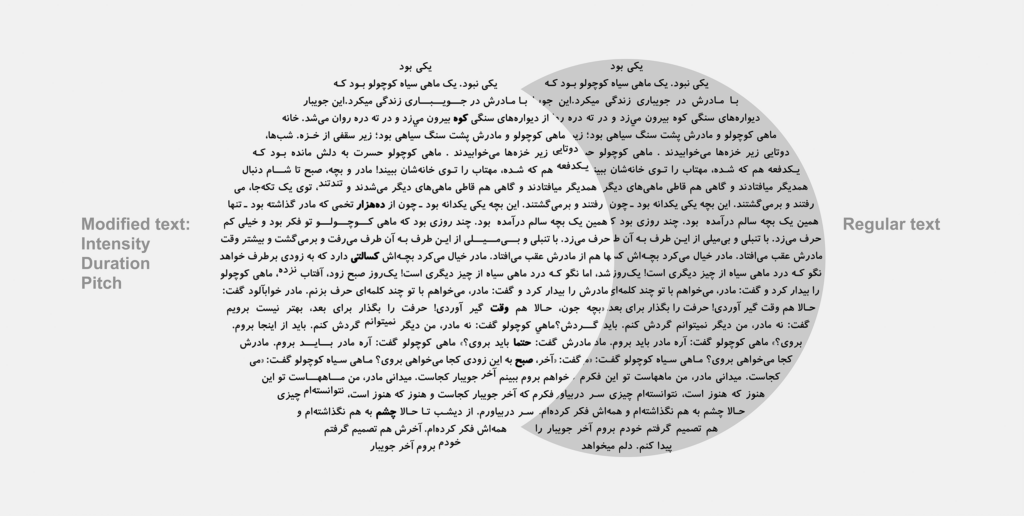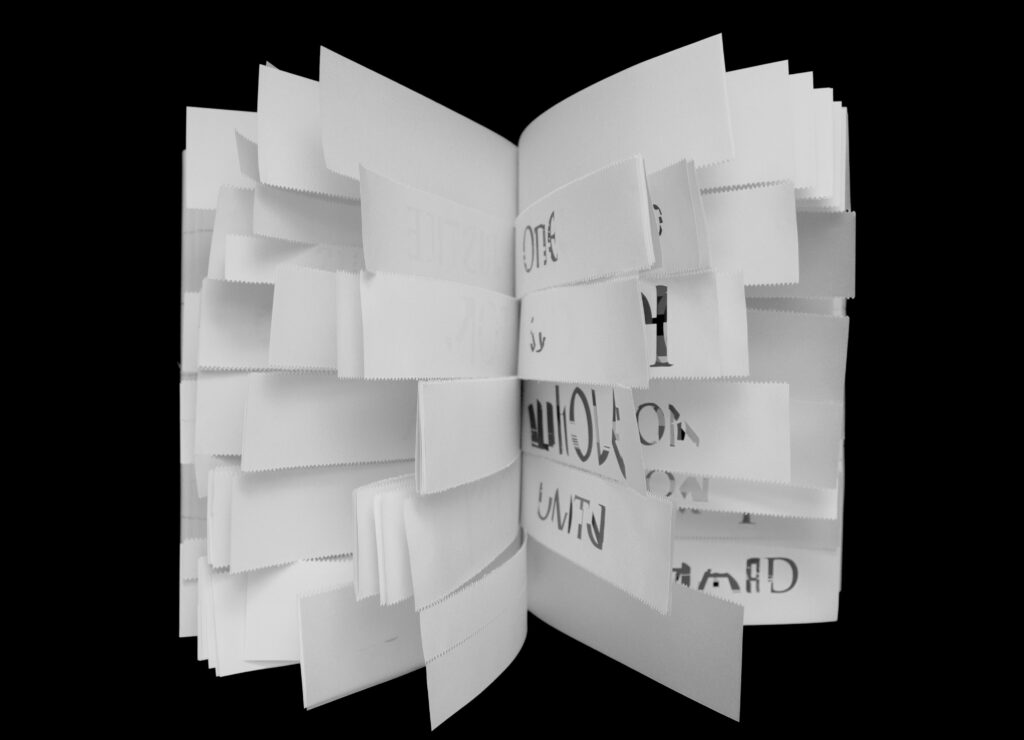Visual Prosody
There is a great discrepancy between speech and reading. Humans speaking to each other do have the disposal of a wide range of communication tools like expression and emotion in speech. Expressive oral reading can be quantified in terms of prosodic variation. These features in prosodic variation, like intonation or stress, can be of crucial importance in understanding exactly what the speaker or narrator is trying to tell us.
Type is just not as expressive as our voices. Words composed in a sentence are completely uniform in weight and size, as if to convey a monotone. A monotone voice harms the reading fluency and reading comprehension. Although our letters represent several languages, they make use of different phonemes. Visualizing those phonemes more clearly benefits the learning of a new languages as it assists with pronunciation.
Coming from a background in design and a passion for letters we proved that type design has the ability to make prosody visual. This is called visual prosody. READSEARCH is showing that visualising syntax, semantics and phonemes leads to improve reading aloud skills and comprehension, both for regular and beginner, struggling, deaf and hard-of-hearing readers.



